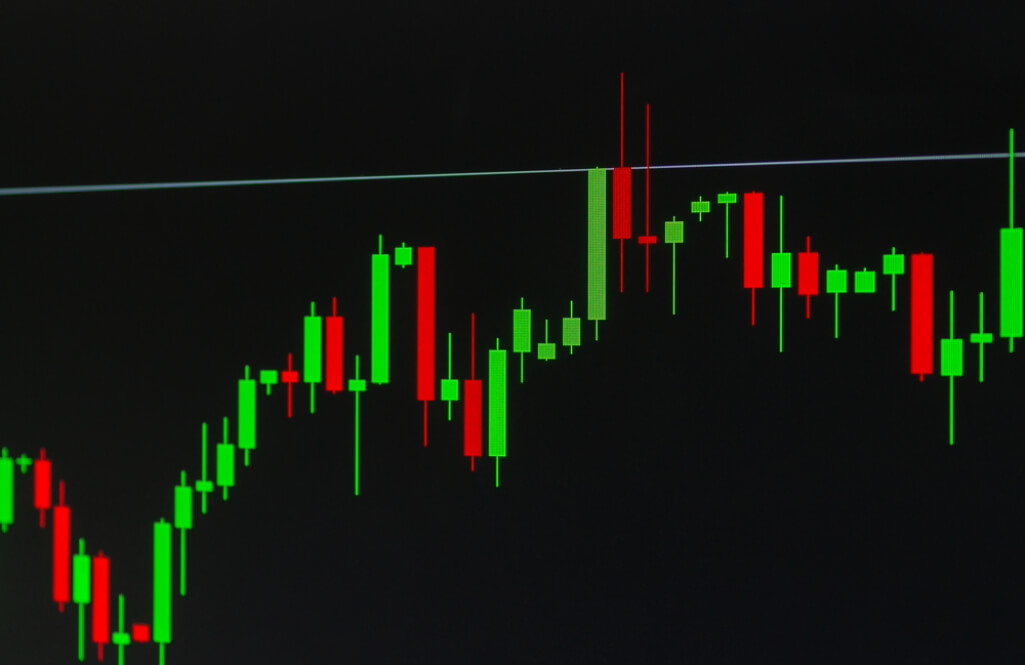
What is Support and Resistance Indicator – Get The Info
Key Takeaways
- Support and Resistance Basics: These levels help predict price movements, with support acting as price floors and resistance as price ceilings.
- Role Reversal: Support and resistance levels can switch roles, aiding market range analysis and trading decisions.
- Technical Analysis Essentials: Understanding these concepts is vital for informed trading based on historical data and patterns.
- Using Support and Resistance with NinjaTrader: NinjaTrader’s indicator simplifies trading by marking crucial price points and supporting traders in finding entry and exit points in their chosen time frame.
Have you recently thought about what is support and resistance indicators? Why should you learn to use it as a true professional? Let’s learn more about this famous indicator that helps every professional trader.
Exploring the world of trading, one of the fundamental tools you’ll encounter is the Support and Resistance Indicator. But what is it, and why is it crucial for every trader? Let’s investigate this topic and understand how this indicator can enhance your trading skills.
Which indicator shows support and Resistance? Let’s find out more about it in this article!
Understanding Support and Resistance as a PRO
Support and Resistance is a widely employed technique in technical analysis. Its underlying concept is straightforward to grasp but challenging to master.
This method focuses on identifying price levels. These price levels indicate a change in market direction or a significant decrease in price movement.
Previous price action at these levels often serves as a valuable indicator for predicting future price trends. Various methods can be utilized to pinpoint these critical levels and incorporate them into trading strategies.
Support and Resistance levels as important points

Support and Resistance levels are important points where the market changes direction. They can also be areas of congestion or significant numbers that traders pay attention to.
The significance of these levels tends to increase as one examines higher timeframes.
But, to completely comprehend it, let’s dig deeper, understanding what each term, shall we?
What is support?
Support, typically depicted as horizontal lines or zones on a price chart, emerges when prices are downtrending. During such periods, supply exceeds demand, causing prices to decline. As prices drop, they attract potential buyers who await favourable price points.
Eventually, demand rises to match supply, signalling a halt in price descent. This level is a support line where buyers’ willingness to purchase overcomes selling pressure.
What is resistance?
Resistance, on the other hand, surfaces as prices trend upward. Here, demand surpasses supply, propelling prices higher. But eventually, people start selling because they think prices are too high or want to make money.
At this juncture, a resistance line becomes apparent on the price chart. This line or zone signifies a level where supply dominates over demand.
Hours of dedicated practice – explained.

Discovering the most significant support and resistance levels necessitates hours of dedicated practice. They typically emerge due to an influx of buyers or sellers at critical junctures in the market.
Importantly, these levels can switch roles over time, transitioning from support to Resistance.
This role reversal dynamic helps analyze market ranges and make trades, including reversals, bounces, or breakouts.
Each of these trading scenarios adheres to its own entry and exit criteria. TradingView has a helpful tool that makes it easier for users to identify levels on a chart.
Comprehending Support and Resistance in Trading
What are the main concepts in Technical Analysis?
Technical analysts employ various tools and concepts to analyze price charts and make the best trading decisions briefly. Let’s delve into some of these crucial concepts:
- Analysts examine price data at various intervals (daily, weekly, hourly) to grasp price trends over different periods.
- Pivot Point: A pivotal price level often used to predict potential reversals or changes in market direction.
- Support Levels: Price levels where past data shows a high chance of prices being supported and not falling further.
- Prices Move: Prices fluctuate due to the dynamic interplay of supply and demand forces.
- Technical Analysts: Experts who analyze historical price data, patterns, and indicators to forecast future price movements.
- The price range means the range of prices an asset moves within during a specific period. It is an indicator of market stability or consolidation.
- Closing Price: The final price at the end of a trading session is used as an important reference for analysis.
- Fibonacci Retracement predicts price reversals using the Fibonacci sequence to find support and resistance levels.
- Chart Patterns are repeated shapes in price charts that can indicate possible future price changes.
- Sell Orders: Instructions from traders to sell a particular asset at a specified price, indicating potential resistance levels.
Understanding these ideas helps technical analysts read price charts effectively. It also enables them to make smart trading choices. They can analyse past data, patterns, and important support and resistance levels.
How to use support and resistance indicators on Ninja Trader?

NinjaTrader, a trading platform, features a Support and Resistance indicator that simplifies trading. This tool identifies crucial price points where the market has historically changed direction. Here’s how it works:
- Analyzing Historical Data: The indicator examines past price movements to spot spots where the market has previously reversed.
- Drawing Support and Resistance Lines: It then uses this analysis to draw horizontal lines on the chart. These lines represent support and resistance levels, which are vital for entry and exit points in trading strategies.
- Support lines are drawn below the current price, indicating areas where prices usually bounce. On the other hand, resistance lines are above the current price, indicating areas where prices often turn downward.
- Swing High/Low Pivots: This indicator finds points where prices briefly stopped going up (swing high) or down (swing low).
- Emphasizing Stronger Levels: It assigns more significance to levels where these swing high/low points occurred multiple times. These are considered robust support and resistance zones, crucial for trading decisions.
- It finds price floors, ceilings, and fluctuations within a chosen time frame.
Support and resistance indicator mt4 – Info
The Support and Resistance Indicator simplifies trading. It identifies significant price levels and highlights them on MT4 and MT5 charts, simplifying analysis and decision-making for traders.
It then marks these important price levels as rectangular areas on the MT4 and MT5 charts, making it easier for traders to analyze and make decisions.
Bottom Line
If you’ve ever wondered about the Support and Resistance Indicator and its significance in trading, you’re in the right place. This tool helps traders identify critical price levels and understand their role in trading decisions.
In this comprehensive guide, we’ll explore the concepts of support and Resistance, their importance, and how to effectively use them with the help of trading platforms like NinjaTrader.




